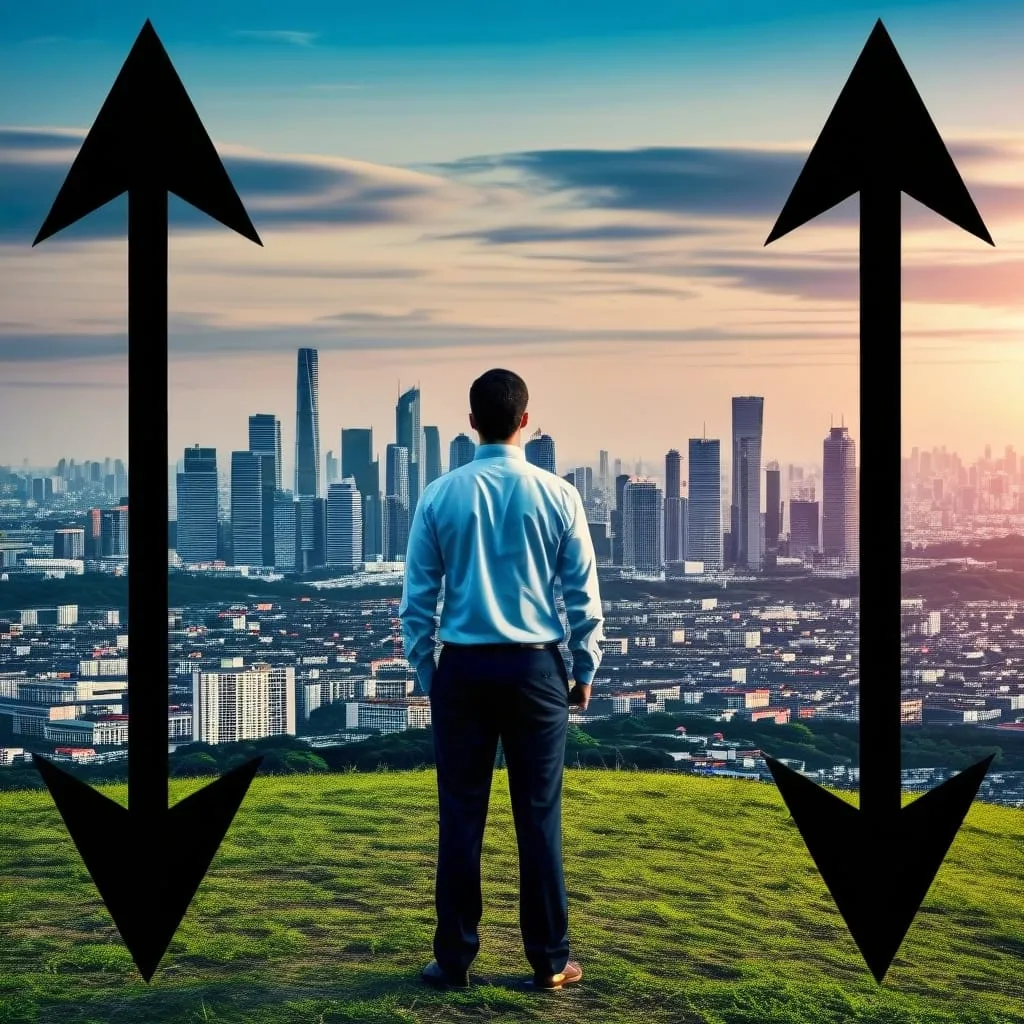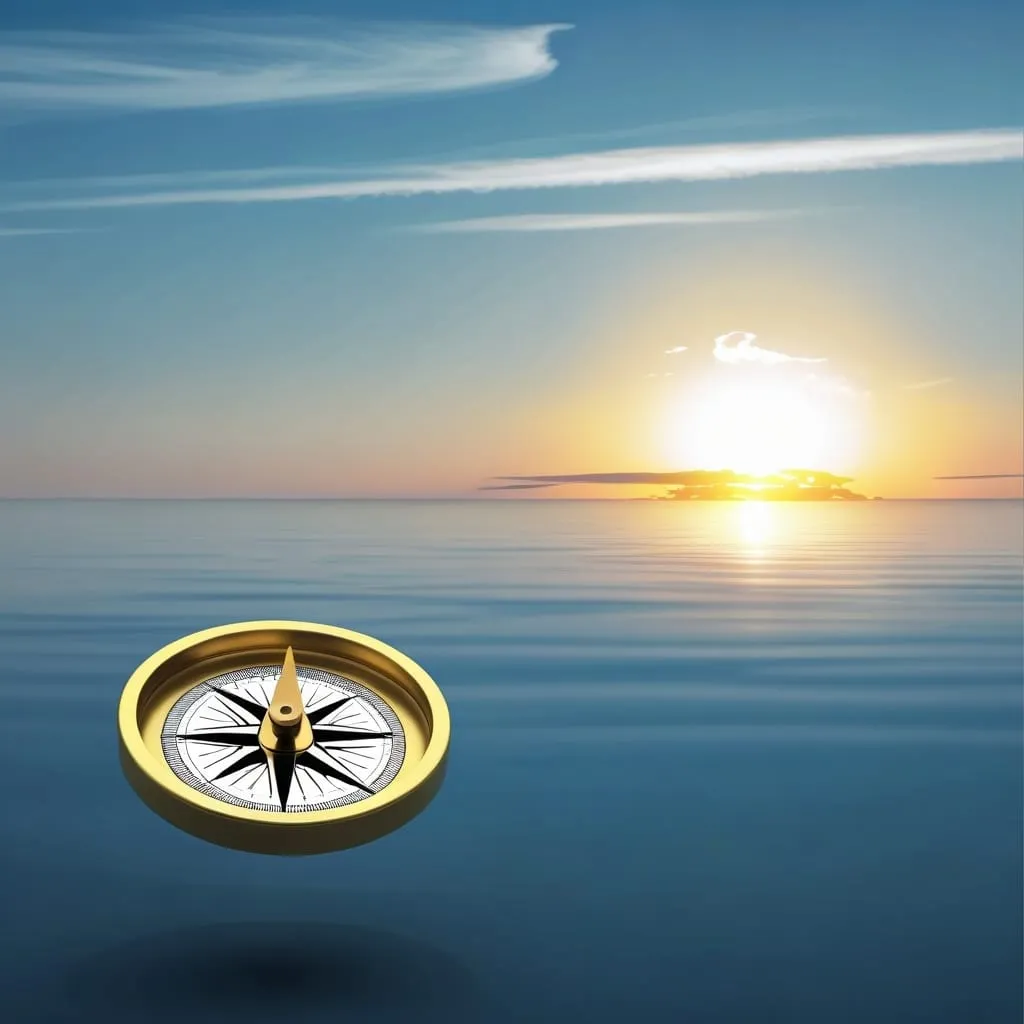The benefits of small lifestyle upgrades can be hard to resist. As our income grows, it's natural to want to improve our quality of life through purchases that make us feel more comfortable, successful, or happy. However, these seemingly innocuous changes can have a significant impact on our long-term financial health if we're not careful.
Let's explore the financial impact of small lifestyle upgrades and how they can affect our overall financial well-being. While treating ourselves occasionally is perfectly fine, it's crucial to understand the cumulative effect of these choices over time.
One of the most common areas where lifestyle inflation occurs is in our daily habits. Take, for example, the simple act of buying coffee. Many people start their day with a cup of joe, but the difference between brewing at home and stopping at a café can be substantial. Let's say you decide to upgrade from home-brewed coffee to a daily latte from your favorite coffee shop. At first glance, the difference might seem negligible – perhaps just $3-4 per day. However, when we calculate this over a year, that small daily upgrade translates to around $1,000-$1,500 annually. That's a significant sum that could have been directed towards savings or investments.
Food choices are another area where small upgrades can add up quickly. Opting for organic produce, premium cuts of meat, or dining out more frequently can substantially increase your monthly food budget. While these choices may lead to healthier eating habits or more enjoyable meals, it's important to weigh the benefits against the long-term financial impact. A family that increases their weekly grocery budget by just $50 due to these upgrades will spend an additional $2,600 per year on food.
Transportation is yet another category where lifestyle upgrades can have a significant financial impact. As our income increases, we might be tempted to trade in our reliable, older car for a newer model with more features. While a new car can provide improved safety, comfort, and fuel efficiency, it also comes with higher monthly payments, increased insurance costs, and potentially more expensive maintenance. Even a modest increase in monthly car expenses of $200 translates to $2,400 per year – money that could have been saved or invested for the future.
Housing is often the largest expense in most people's budgets, and it's an area where lifestyle inflation can have a massive impact. As our income grows, we might be tempted to move to a larger home, a more desirable neighborhood, or add luxury features to our current living space. While these upgrades can improve our quality of life, they also come with significant costs. A move to a home that's just $500 more in monthly rent or mortgage payments adds up to $6,000 per year. This doesn't even account for increased utility costs, property taxes, or maintenance expenses that often accompany larger or more luxurious homes.
Entertainment and leisure activities are other areas where small upgrades can lead to significant spending increases. Subscribing to multiple streaming services, upgrading to premium cable packages, or increasing the frequency of nights out can all add up quickly. Even small changes, like choosing a slightly more expensive restaurant for date nights or opting for better seats at concerts and sporting events, can have a noticeable impact on your annual entertainment budget.
Travel is another category where lifestyle inflation often occurs. As income increases, we might be tempted to take more frequent vacations, stay at nicer hotels, or fly first class. While these experiences can be incredibly rewarding, they also come at a cost. Upgrading from budget to luxury accommodations or choosing more exotic destinations can easily double or triple the cost of a vacation. If these upgrades become the new norm for all your trips, the annual impact on your finances can be substantial.
It's important to note that the impact of these small lifestyle upgrades goes beyond just the immediate financial cost. When we increase our spending in one area, it often leads to increased spending in other areas as well. This is known as the "lifestyle creep" phenomenon. For example, moving to a more upscale neighborhood might lead to pressure to keep up with the neighbors' lifestyles, resulting in additional expenses for home decor, landscaping, or even private school tuition for children.
Moreover, lifestyle inflation can have a significant impact on our ability to save and invest for the future. Every dollar spent on lifestyle upgrades is a dollar that's not being saved for retirement, emergency funds, or other long-term financial goals. Over time, this can lead to a substantial difference in net worth and financial security.
Consider this example: If a 30-year-old individual were to invest an extra $500 per month instead of spending it on lifestyle upgrades, assuming an average annual return of 7%, they would have an additional $566,764 in their retirement account by age 60. This demonstrates the power of compound interest and the long-term impact of seemingly small financial decisions.
However, it's not all doom and gloom. The key is to find a balance between enjoying the fruits of your labor and maintaining financial responsibility. It's perfectly fine to upgrade your lifestyle as your income increases, but it's crucial to do so mindfully and in proportion to your income growth.
One effective strategy is to follow the "50/30/20" rule. This budgeting principle suggests allocating 50% of your income to needs, 30% to wants, and 20% to savings and debt repayment. As your income increases, you can maintain this ratio, allowing for some lifestyle upgrades while still prioritizing savings and financial security.
Another approach is to practice "conscious spending." This involves being intentional about where you choose to upgrade your lifestyle. Instead of automatically increasing spending across all categories, carefully consider which upgrades will bring you the most joy or improve your quality of life the most. For example, you might decide that upgrading your living space is worth the extra cost, but choose to continue brewing coffee at home to offset the increased housing expense.
It's also important to regularly review and reassess your spending habits. What seemed like a worthwhile upgrade a year ago might no longer bring you the same satisfaction or value. By periodically evaluating your expenses, you can identify areas where you might be able to cut back without significantly impacting your quality of life.
Automation can be a powerful tool in managing lifestyle inflation. By setting up automatic transfers to savings and investment accounts as soon as you receive your paycheck, you ensure that you're prioritizing your financial future before allocating money to lifestyle upgrades. This "pay yourself first" approach can help you resist the temptation to spend all of your increased income on immediate gratification.
Remember, the goal isn't to deprive yourself of all luxuries or live an austere life. Rather, it's about making informed choices that align with your long-term financial goals and values. By being mindful of the cumulative impact of small lifestyle upgrades, you can strike a balance between enjoying your current lifestyle and securing your financial future.
In conclusion, while small lifestyle upgrades may seem harmless in the moment, their cumulative effect can significantly impact your financial health over time. By being aware of this phenomenon, carefully considering each upgrade, and maintaining a focus on long-term financial goals, you can enjoy improvements to your quality of life without sacrificing your financial security. The key is to make intentional choices that reflect your values and priorities, ensuring that your spending aligns with your overall financial strategy and life goals.






